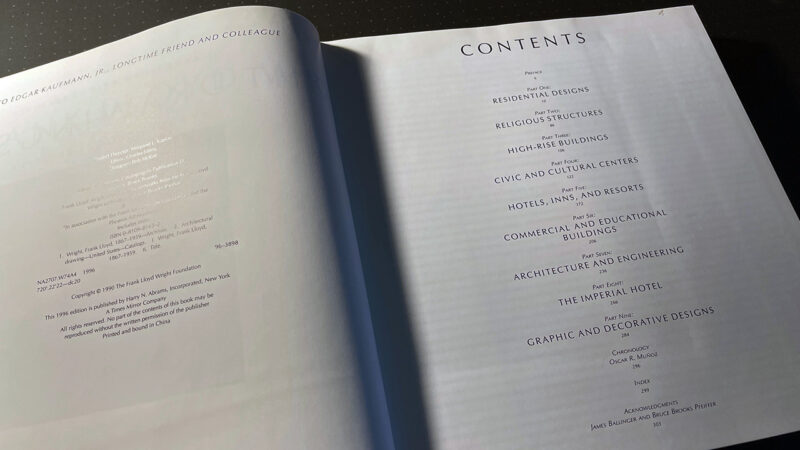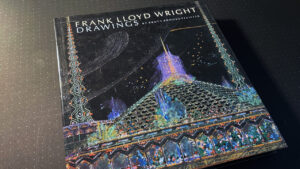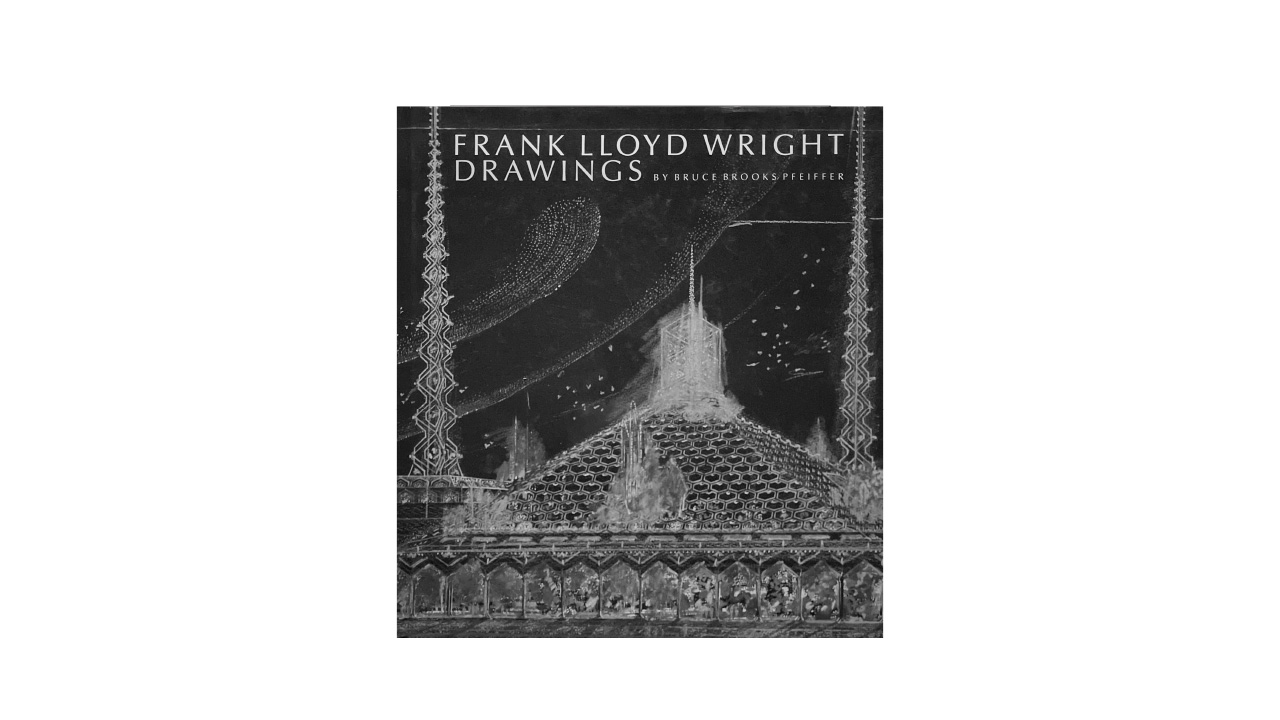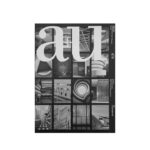Category|洋書
Language|英語
Contents|フランク・ロイド・ライト ドローイング集
Author|BRUCE BROOKS PFEIFFER
Publisher|ABRADALE PRESS/HARRY N.ABRAMS
Publication date|1996
Type|ハードカバー
Pages|303
Size|222×205×18
Weight|
Price|YO-5250-900-6150-20211228

FOR AN ARCHITECT THE ACT OF DRAWING is essentially a means to an end: the putting down on paper of ideas in the imagination with the goal of building a building. In this respect, an architect’s drawing is not unlike a composer’s notes on staff paper. Both the architect and the composer are faced with identical situations: to make the graphic representation of creation so precise, so clear and readable, that others may interpret, understand, and bring the work to life.

The contractor and his workmen must be able to build the building as envisioned by the architect; the conductor and his musicians must be able to produce the sound and nuance as it was originally written by the composer. But the drawing of an architect, like the score of a composer, is-in itself-of relatively less importance than the end result. It is the building that becomes the final embodiment of the idea; the drawing represents the first tangible evidence.

Frank Lloyd Wright lucidly recorded his ideas on paper; thereafter, they were translated into three dimensions. By this process he produced a new architecture for the twentieth century. He preferred to call this new architecture “organic architecture.” Throughout his lifetime he continually defined and explained this term, but perhaps never so succinctly as when he said, “Any building that is organic, anywhere in time, will be appropriate to time, appropriate to place, and appropriate to man.”

引用|FRANK LLOYD WRIGHT DRAWINGS


